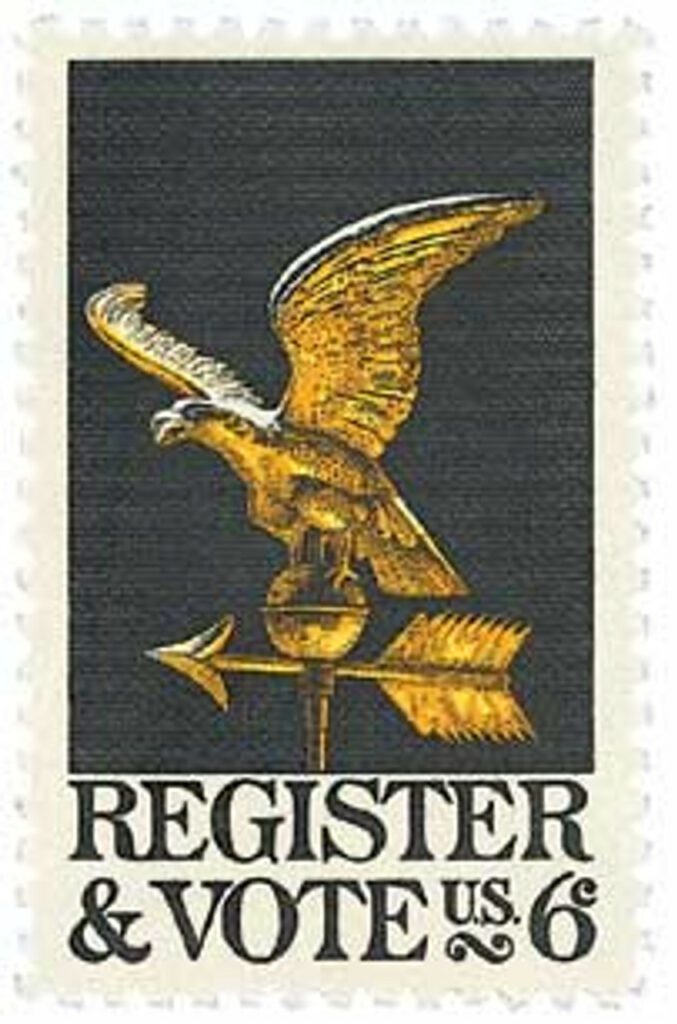Though the District of Columbia has served as our nation’s capital since 1791, its residents didn’t get to vote in their first presidential election until November 3, 1964.
When Washington, DC was first founded, it was carved out of undeveloped swampland from Maryland and Virginia. Under the Constitution, only states can have electors in the Electoral College and vote in presidential elections. As it was not a state, the capital was put under the jurisdiction of Congress and its voting rights were terminated in 1801. With less than 30,000 residents at the time, many considered the capital too small to merit a seat in the House of Representatives.
Over the years, the district’s population grew and its residents desired to have a say in the elections. The first bill calling for Washington, DC, voting rights was introduced in 1888, but it didn’t gain traction. After a similar bill was introduced (and also failed) in 1890, Washington Evening Star writer Theodore W. Noyes launched a campaign in support of DC voting rights. He wrote a number of articles about the topic for his newspaper and helped found the Citizens’ Joint Committee on National Representation for the District of Columbia. Though Noyes died in 1946, the committee continued to lobby Congress for their cause.
The group became split in the years following Noyes’s death, with one faction calling for locally elected mayors and councils, and the other opposed. At the time, the capital had a fairly balanced Republican and Democratic population, so it managed to gain bipartisan support.
In 1959, New York Senator Kenneth Keating introduced a provision to an existing resolution calling for Washington, DC, voting rights in national elections as well as non-voting delegates to the House. The proposal passed both the Senate and the House by June 1960 and was then turned over to the states. According to the Constitution, three-fourths of the states needed to ratify the bill within seven years for it to become an amendment. All the presidential candidates that year (John F. Kennedy and Richard Nixon) endorsed the proposal. Supporters were recruited in almost every state to push for its ratification.
The bill was successfully ratified on March 29, 1961. The 23rd Amendment was created, granting Washington, DC, residents voting rights. It also allowed the capital to have as many electors as it would have as if it were a state, but no more than the number of the least populated state (Wyoming). Washington, DC, was granted three votes in the Electoral College.
After more than 170 years of serving as our nation’s capital, Washington, DC, residents cast their first presidential votes on November 3, 1964. Their votes helped Lyndon Johnson defeat Barry Goldwater. In the years since the amendment was passed, the city’s population grew increasingly democratic and has voted for that party in every election.
In the 1970s, additional laws were passed giving the capital its first elected mayor and city council. There have also been calls for statehood and similar representation to states, noting that the city’s population exceeds both Wyoming and Vermont. Proponents argue that the current situation amounts to taxation without representation. However, none of these have passed.
| FREE printable This Day in History album pages Download a PDF of today’s article. Get a binder or other supplies to create your This Day in History album. |
Discover what else happened on This Day in History.






“Taxation without representation” was a rallying cry for the American Revolution, but obviously that doesn’t apply to the American citizens who live in Washington, D.C. The Republicans won’t consider allowing D.C. residents to have voting representation in Congress because they might vote “wrong,” (ie. vote for Democrats)